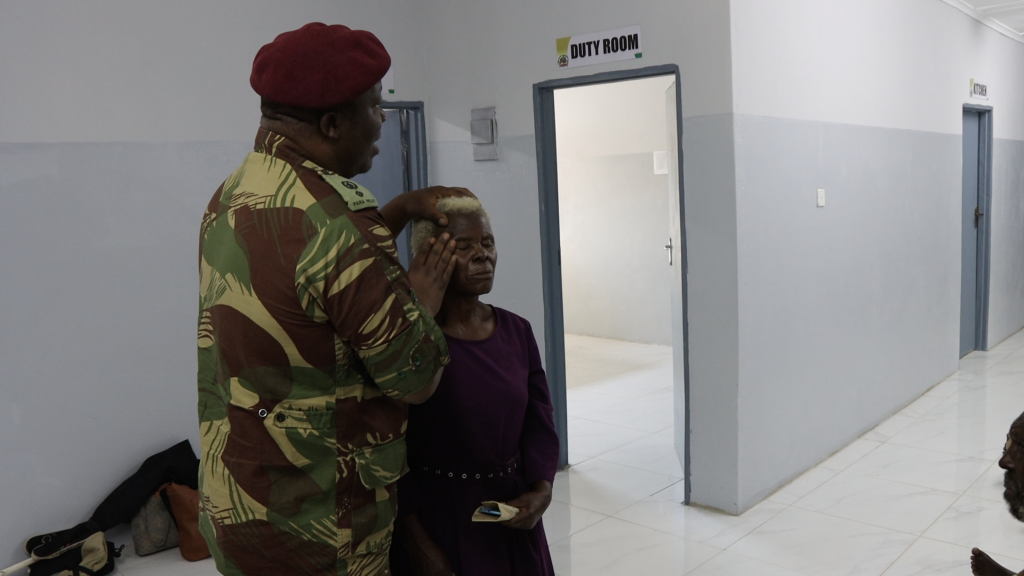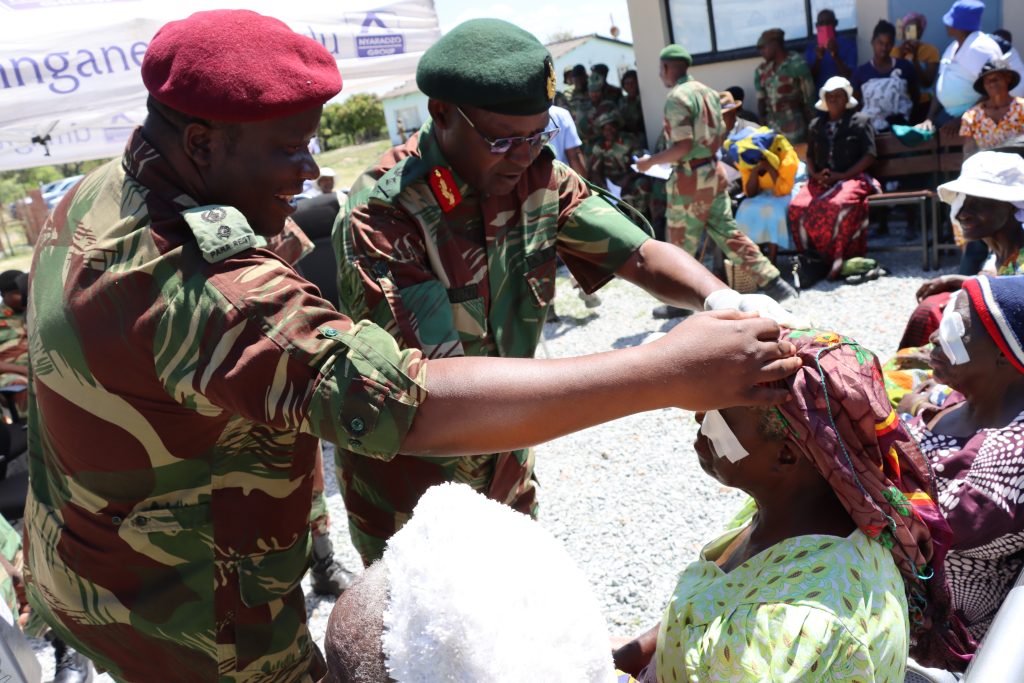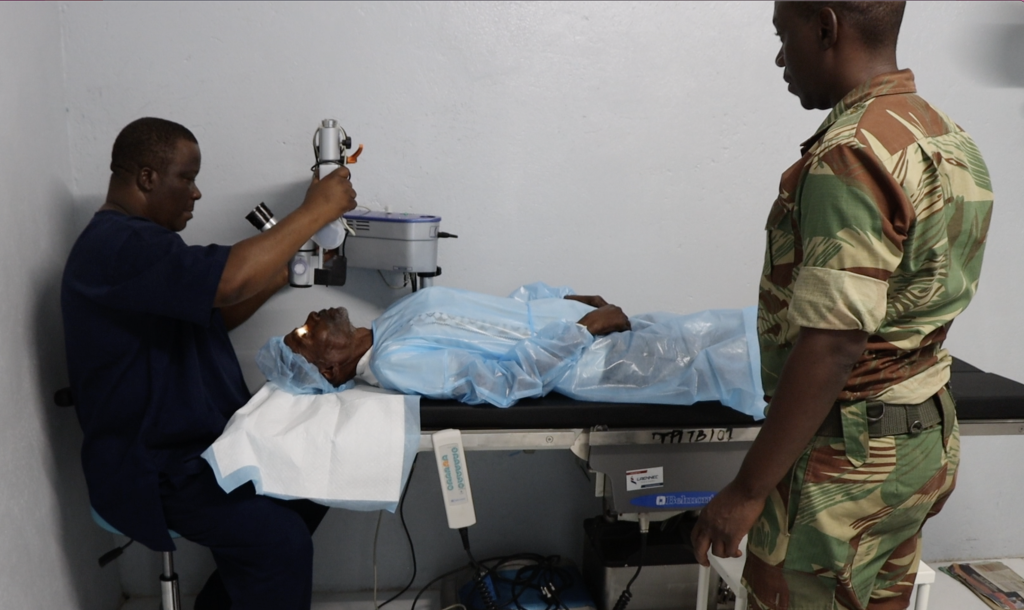





Demining Operations.
At independence in 1980, Zimbabwe inherited eight distinct minefields laid along our borders with Mozambique and Zambia. The minefields were laid by the then Rhodesian Government to impede movement of freedom fighters to and from the neighbouring countries. The existence of mines and remnants of war along our borders posed a direct threat to human and animal life, while also denying communities access to land for agricultural and other commercial uses. Pursuant to the country’s obligation to the Anti-Personnel Mine Ban Convention (APMBC), significant strides were made towards achieving a mine-free Zimbabwe. The initial mine hazardous area throughout the country was over 310,65km2. Through demining efforts by the ZNA National Mine Clearance Unit supported by 04 International NGOs namely Hazardous Area Life Support Organisation (HALO Trust), Norwegian People’s Aid (NPA), Mine Advisory Group (MAG) and Anti-Personnel Landmine Detection Product Development (APOPO), only 18km2 of the mined area remains to be cleared.
Community Assistance Projects.
As part of its corporate social responsibility, the ZNA provides assistance to needy communities through the construction and rehabilitation of public or community amenities in different parts of the country focusing mainly on community development initiatives. Assistance provided by the ZNA in the construction of amenities such as schools, clinics, and roads are meant to help communities have access to basic life needs. The ZNA’s contribution in these projects is by availing artisans of various skills such as brick layers, carpenters, plumbers and electricians for no charge. The construction materials are provided by other stakeholders. In this regard, the projects undertaken by the ZNA are a collective effort between the communities and the military.
Role in Disaster Management.
Zimbabwe, just like any other country faces complex climatic and geological conditions that have given rise to numerous climate change induced hazards. To prepare and mitigate against such hazards, the Government of Zimbabwe enacted the Civil Protection Act Chapter 10:06 of 1989 which created the Department of Civil Protection. The ZNA is part of the Civil Protection organization. Within the Civil Protection organization, the ZNA primary responsibilities are to; open access routes to the affected area, search and rescue, provision of communication, medical and logistics support. Tropical Cyclone Idai which hit Zimbabwe on 15 March 2019 left a trail of destruction and caused casualties unprecedented by any natural disaster in Zimbabwe’s modern history and did put to test ZNA’s capacity and capability to deal with natural disasters. The lessons learnt from ZNA’s intervention to mitigate the aftermath of Cyclone Idai, have enhanced the organization’s preparedness to deal with disasters of a similar nature in future.





Directories of Army Public Relations
P. Bag 7720
Causeway
Harare
Mon – Fri: 0800 hrs to 1630 hours